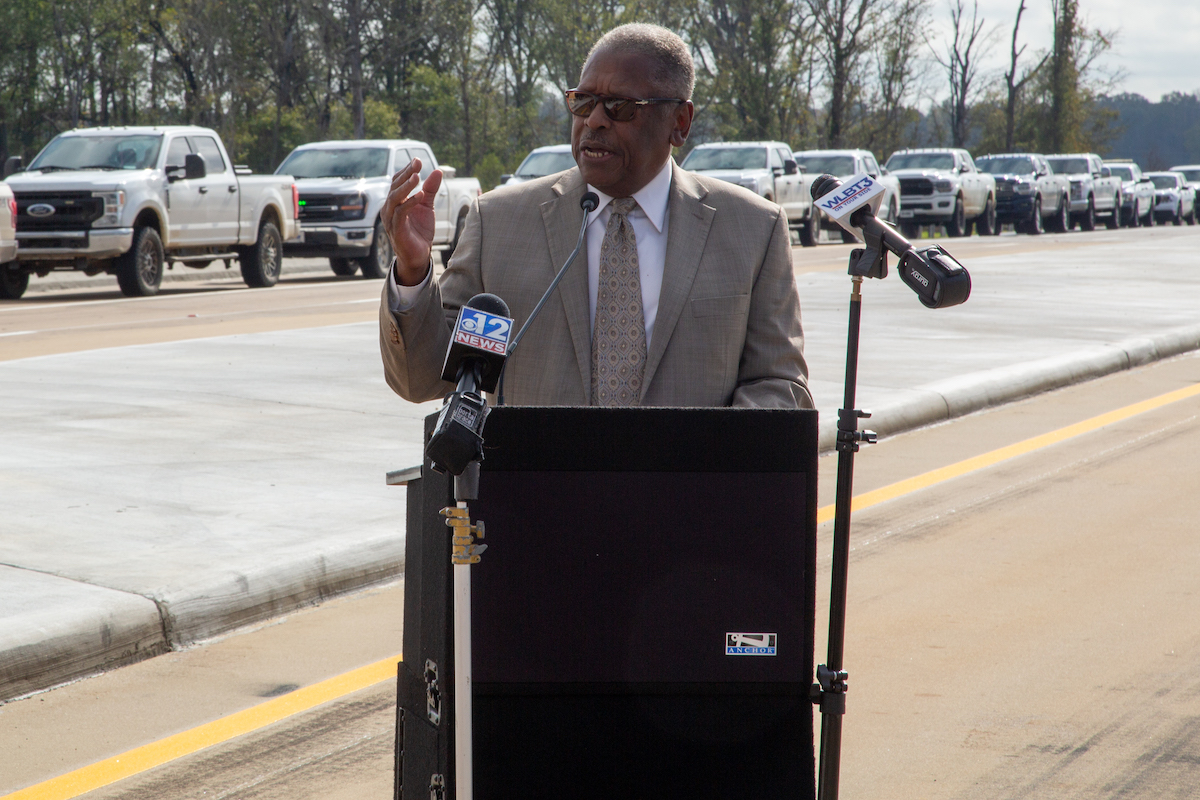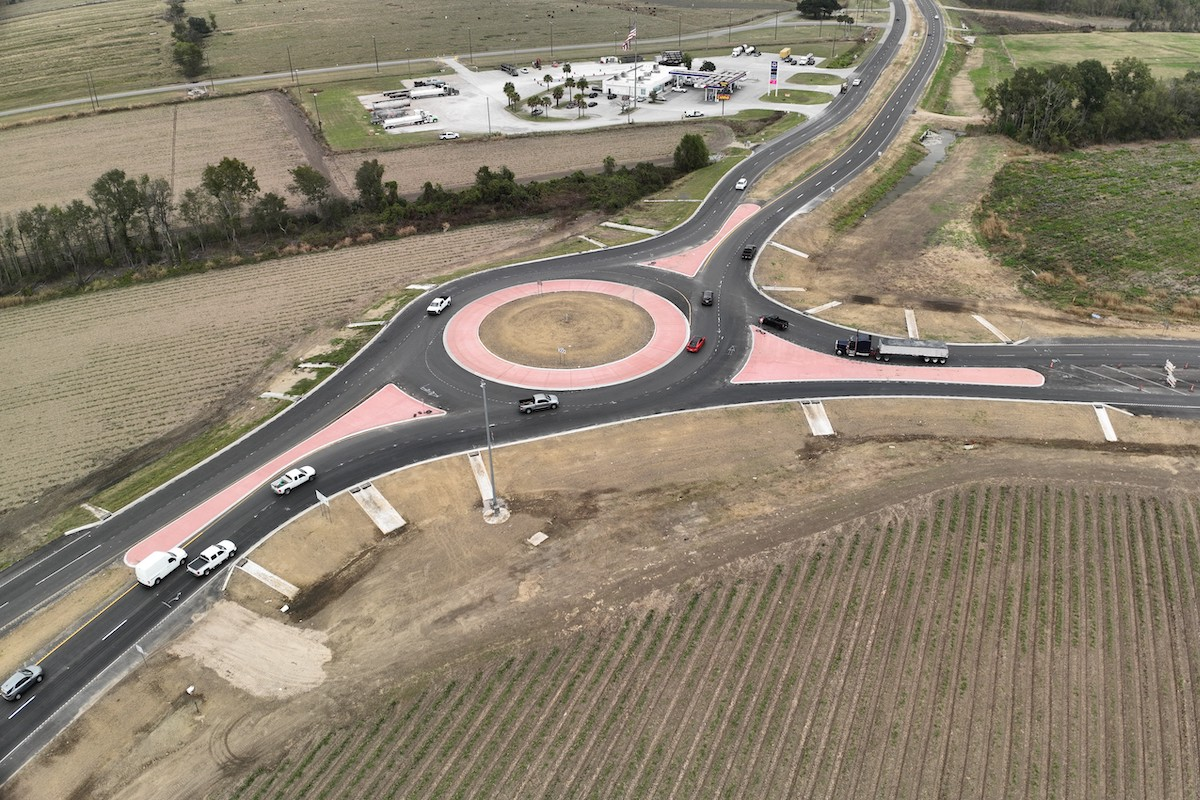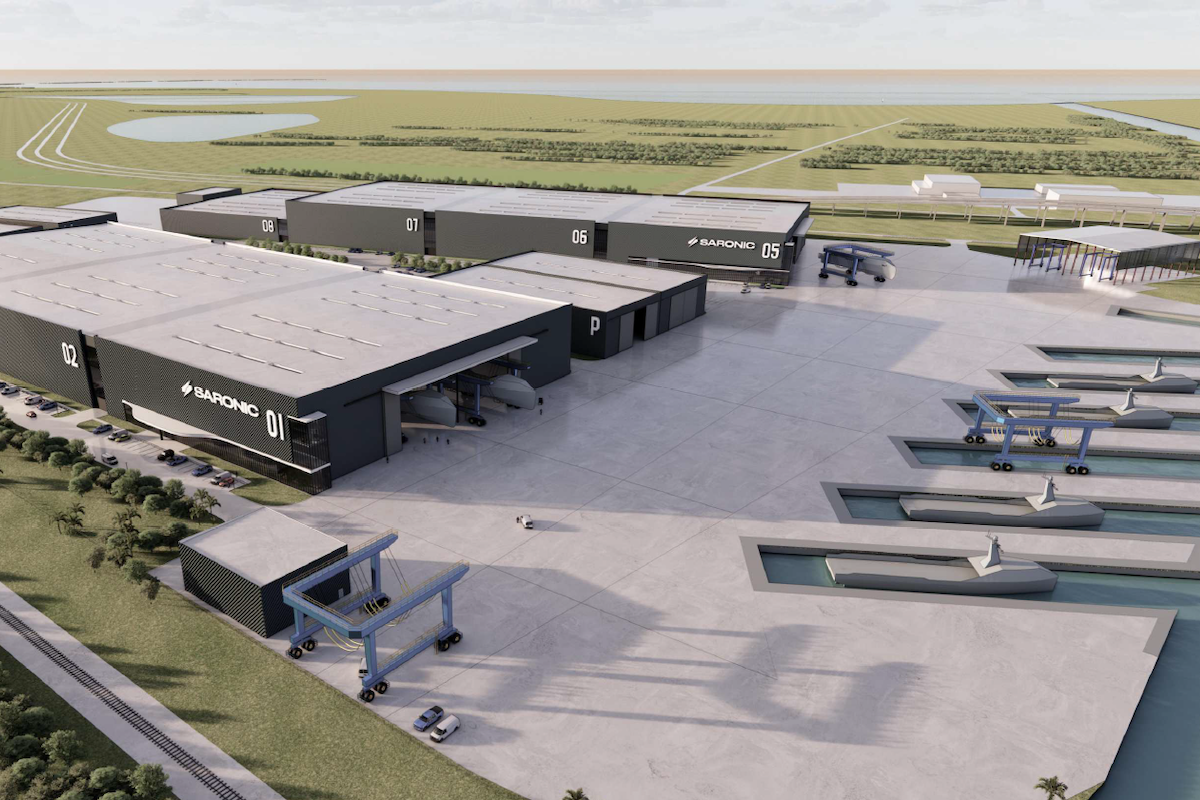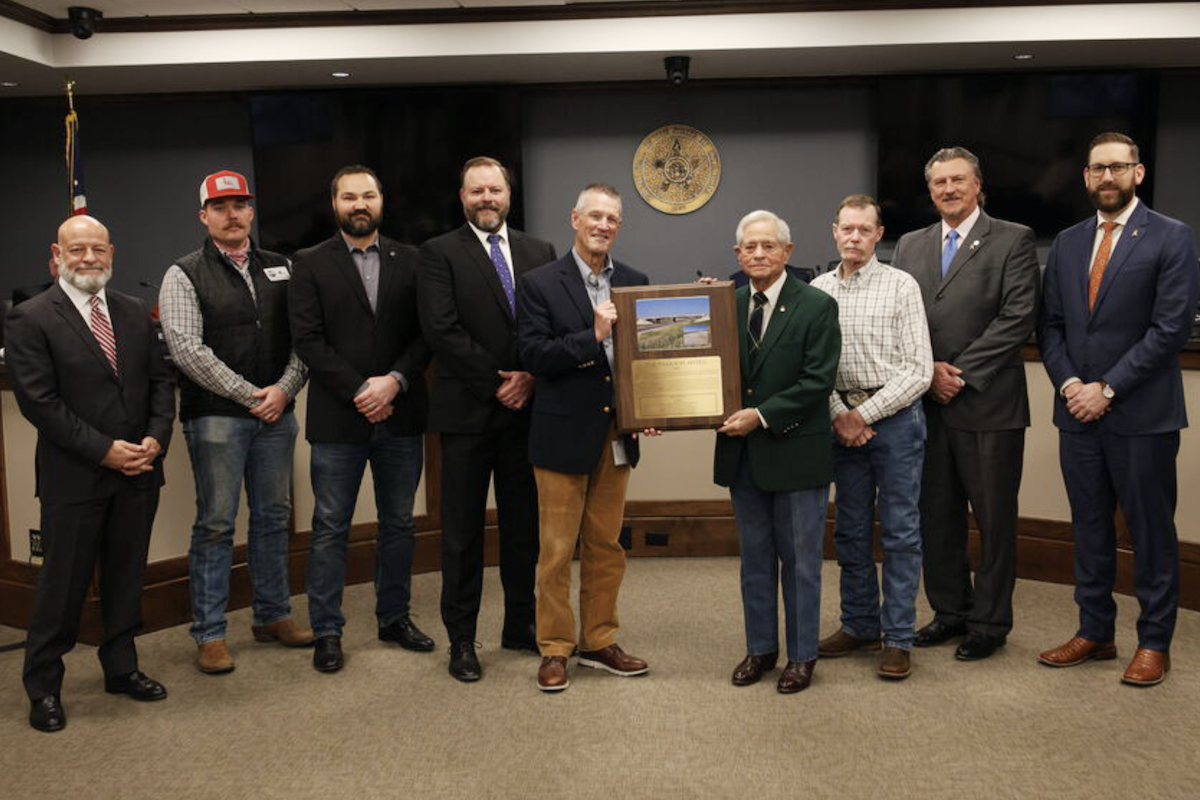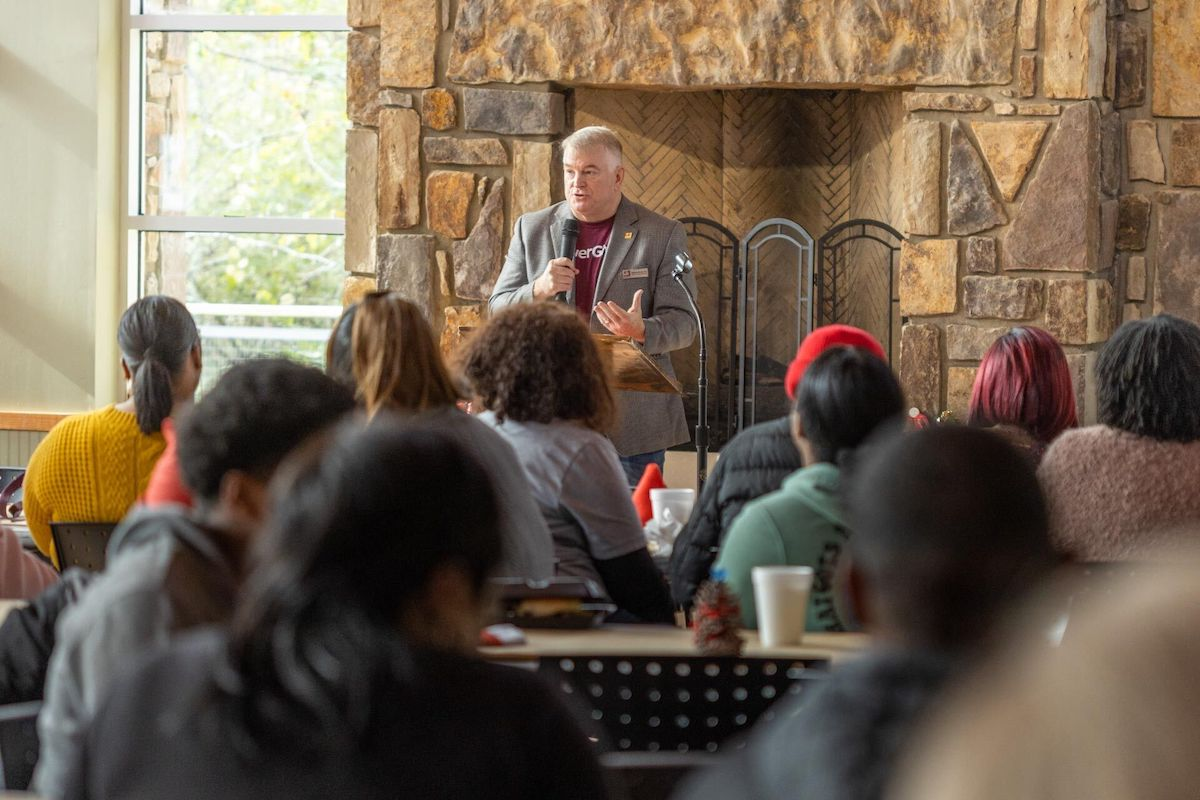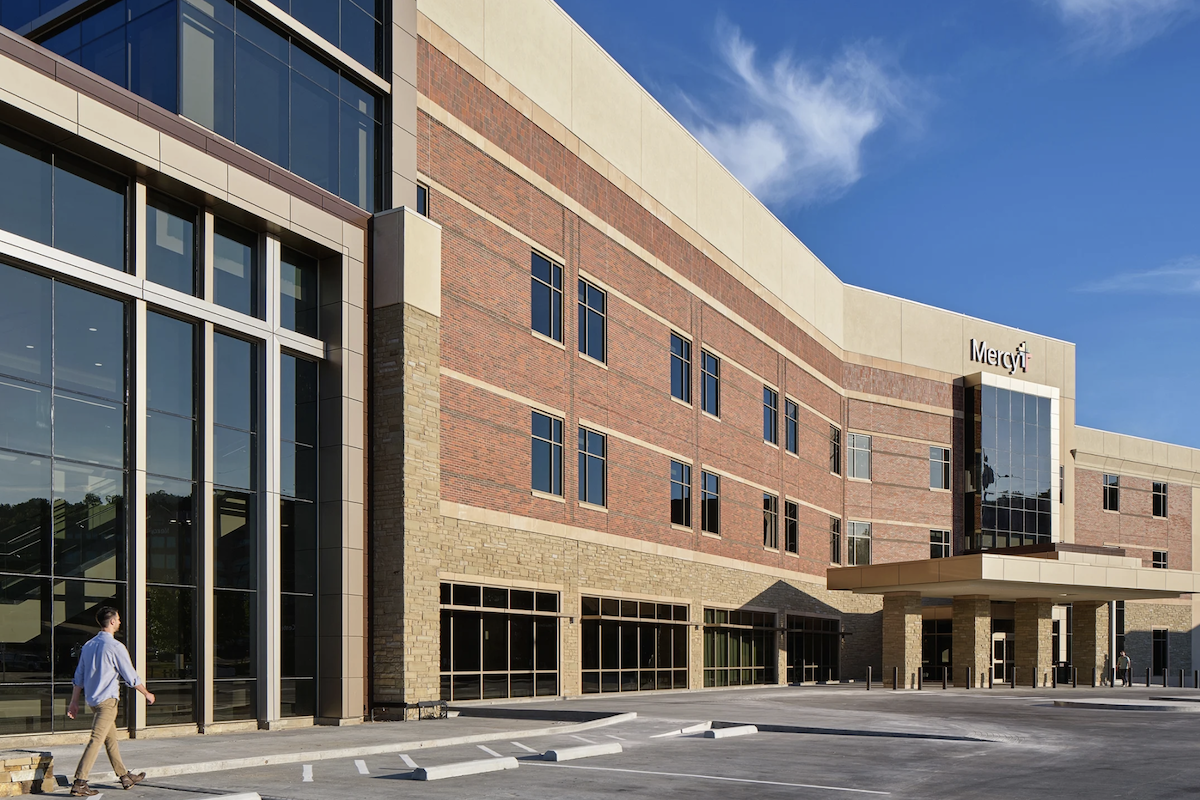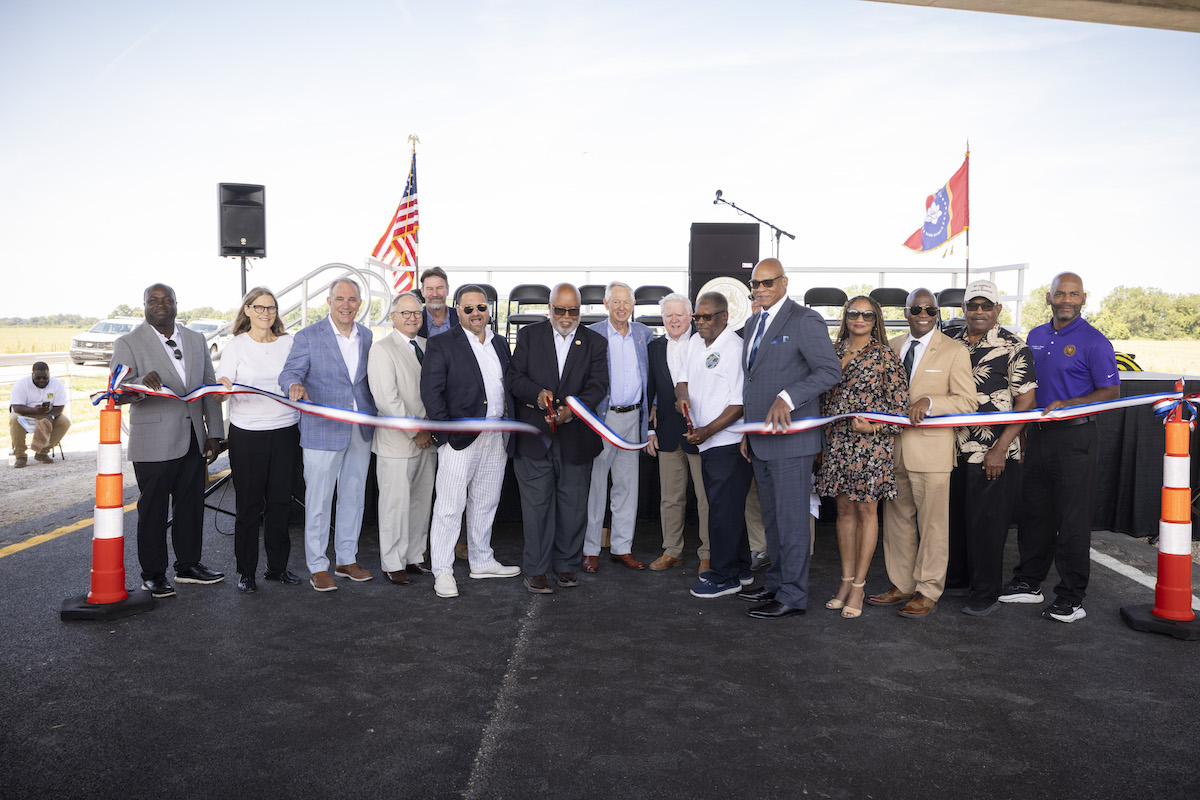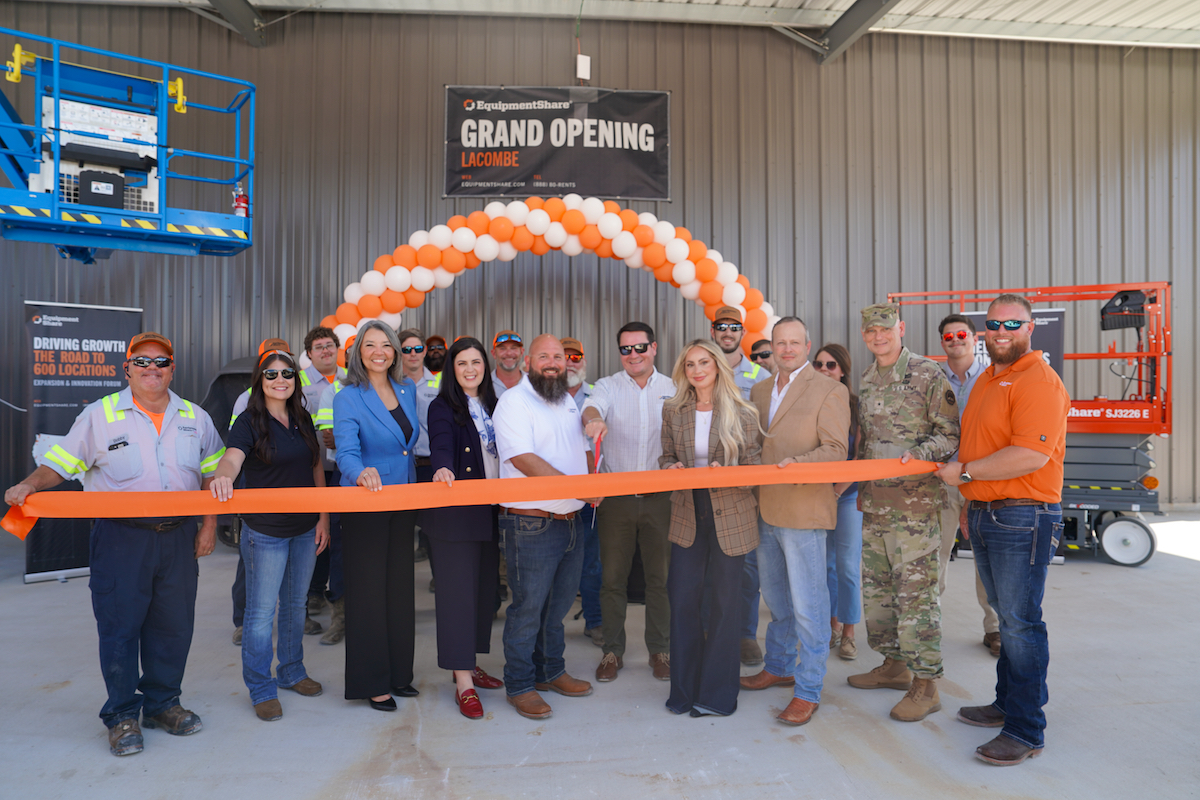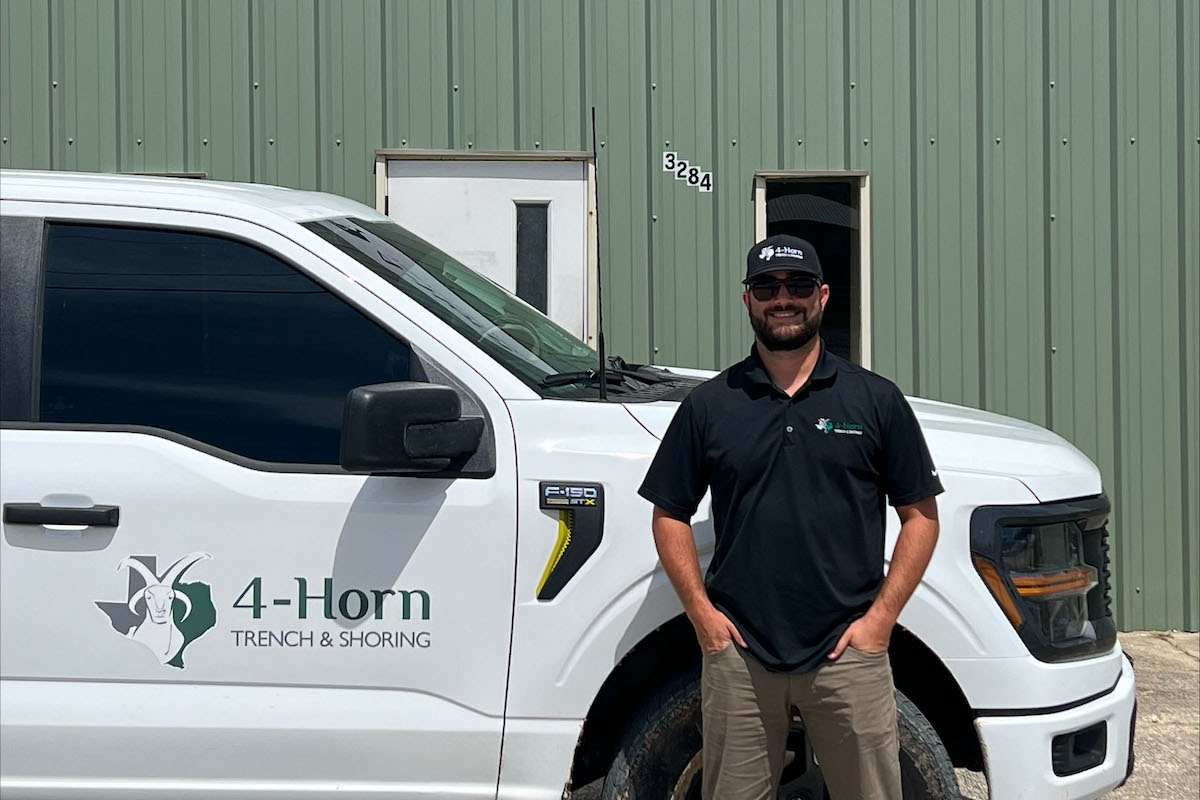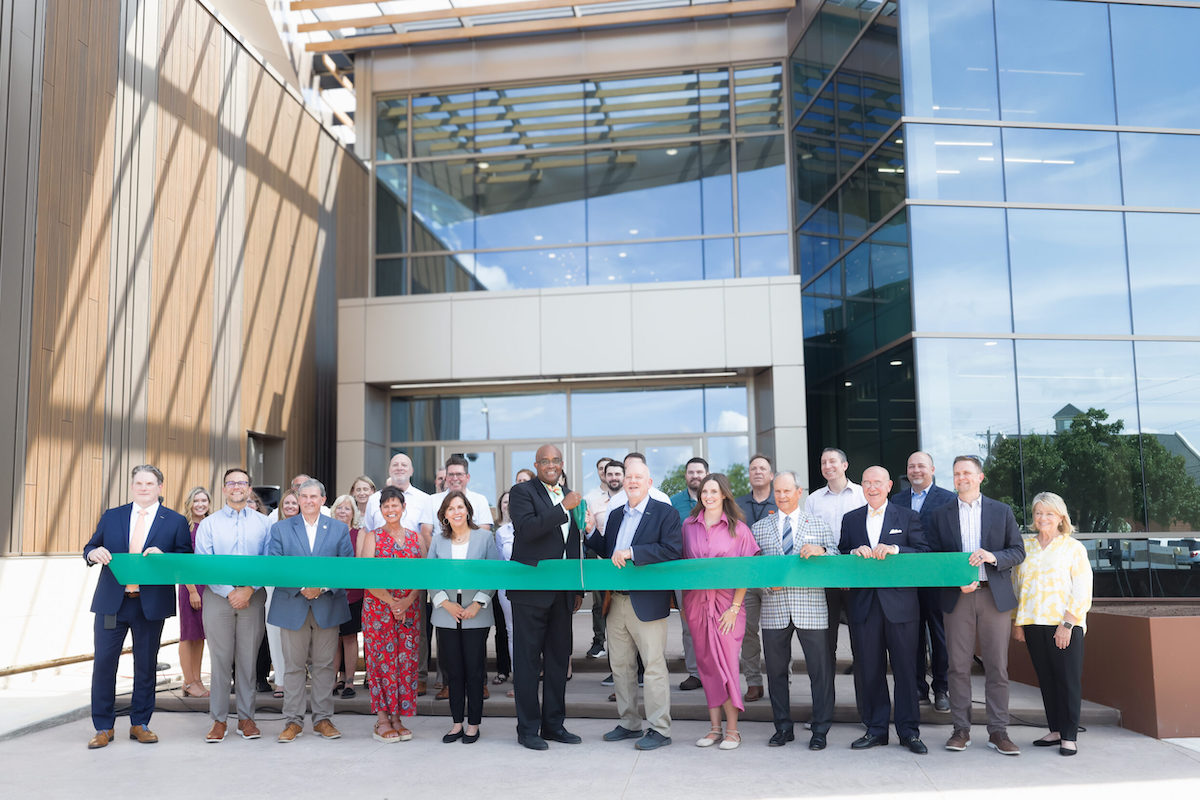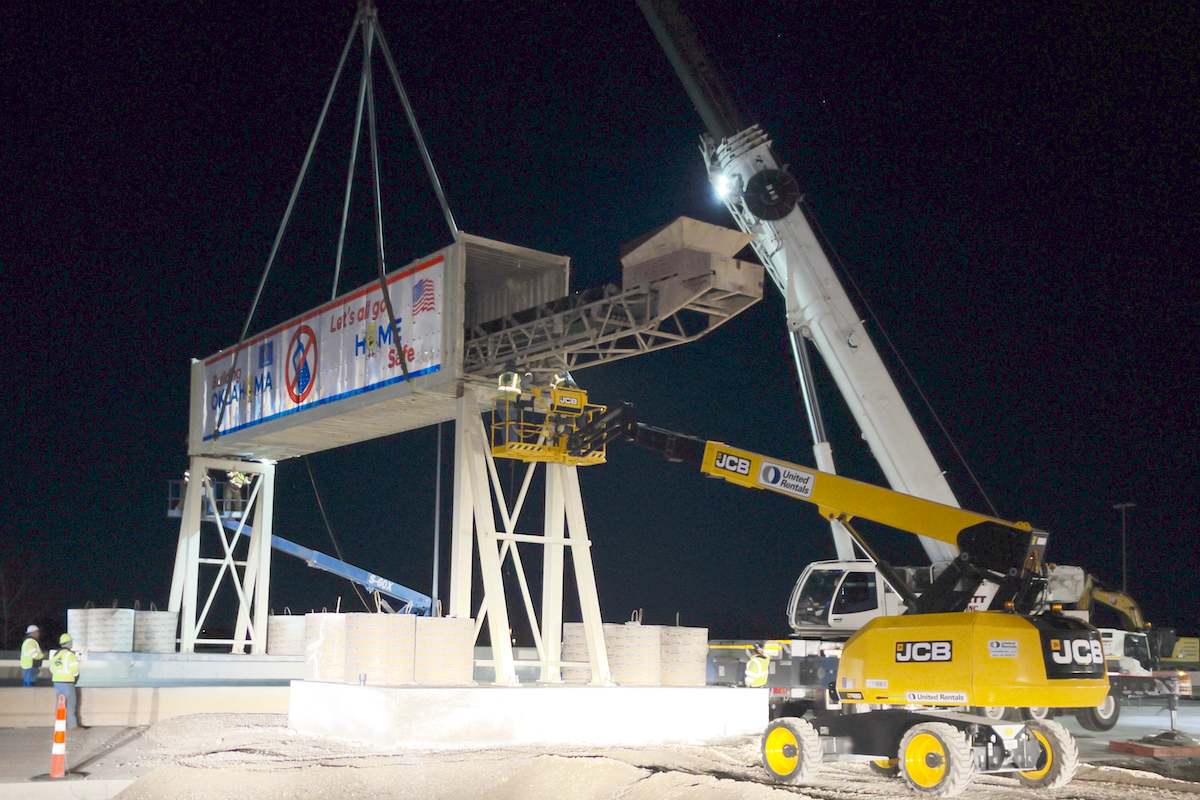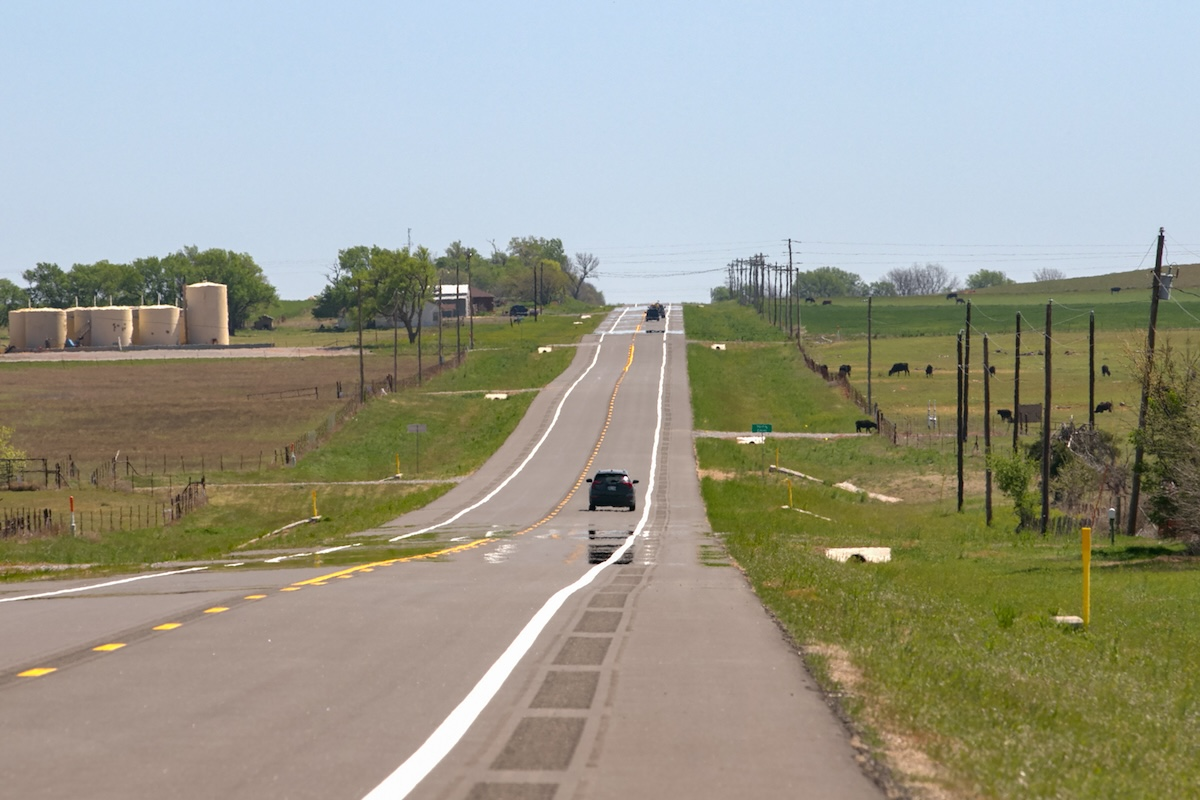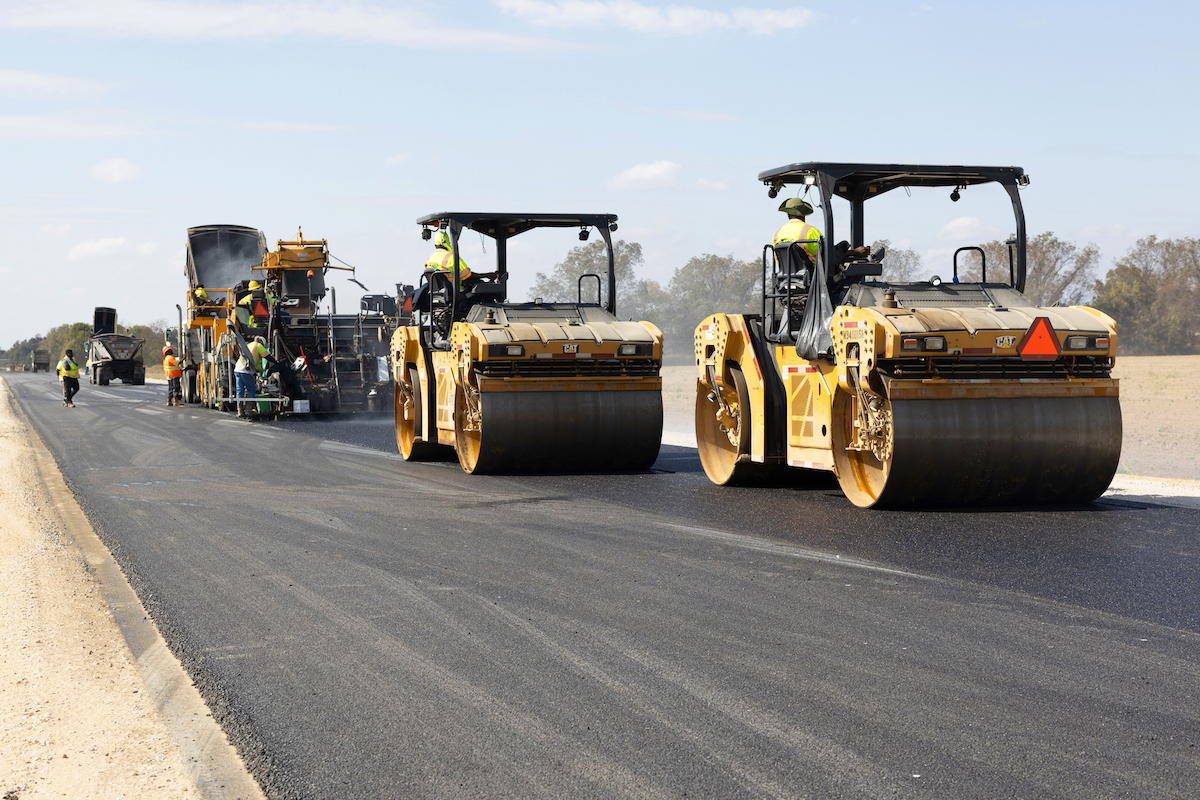“By combining the projects, KYTC got the value of design-build, but most importantly the speed of delivery,” said Ed Green, a project spokesperson. “They’re able to deliver the projects more quickly and do it in a more efficient way that has less impact on travelers.”
The four-year, $180 million I-Move Kentucky project will widen and improve sections of Interstate 265 (Gene Snyder Freeway) and Interstate 71 and revamp two interchanges to ease congestion and improve safety on one of the state’s most heavily traveled freight and commuter corridors.
Originally, widening a busy section of I-265 and I-71 comprised two separate projects in the state’s road plan. I-Move Kentucky will add one lane in each direction by expanding primarily in the median of the roadways, creating a total of six lanes on both interstates through the project corridor. A third project that became part of I-Move involves a complete reconfiguration of the full cloverleaf interchange at Interstate 64 and I-265 to eliminate delays and increase safety. In addition, a new collector-distributor lane on southbound I-71 will ease ramp movements to and from I-265.
Funded with state and federal dollars, I-Move Kentucky is scheduled to finish by late 2023, many years sooner than if the four projects had been completed individually.

| Your local Case Construction Equipment Inc dealer |
|---|
| ASCO Equipment |
Design-build delivery allowed KYTC to expedite all the projects and make construction more efficient. KYTC issued a Request for Qualifications in April 2019, then short-listed two teams in May 2019. In October 2019, based on qualifications and cost, they selected the design-build team led by Hall Contracting of Kentucky, Inc., and American Engineers, Inc., both in Louisville, Kentucky.
At the start of the design-build process, “Plans for the four projects ranged from pretty much just the scope to a design that was almost ready to go out for bid,” said Chris Slone, PE, KYTC’s Project Manager. “There’s been quite a bit of coordination between KYTC and the design-build team to get all those plans along in the process so they can start building.”
Clearing work began late last year, and construction started last spring throughout the corridor. Because the I-71/I-265 interchange improvements included funding related to an air pollution study with a deadline, that work will finish by the end of this year. Alternatively, design plans for the I-64/I-265 interchange are still in development, with construction for that part of the project anticipated to start next year.
As work proceeds, the large project footprint makes traffic coordination challenging, Slone said. “We meet with the contractor regularly and conduct daily traffic control checks in all the areas where they’re working to make sure everything is in place.”
“Those interstates have been around since the late 1960s or early 1970s,” Slone said. “Because of different resurfacing projects, the engineering profile deteriorated over time. The design-build team needed to create a whole new profile to meet current Federal Highway Administration standards and provide a nice riding surface that we can maintain over time.”

| Your local Hitachi dealer |
|---|
| CLM Equipment Co |
Profile milling will reduce costs and increase effectiveness. “They can get the engineering profile in without doing a bunch of leveling and wedging with asphalt,” Slone said. “They’ll take care of most of it on the milling side as opposed to spending money on new material.”
Many airports use profile milling, “But you don’t see it as much on highways yet, especially in Kentucky,” Slone said.
To make the process work, the design-build team created a 3-D topography model of the entire job, then fed that information into survey equipment that controls the milling machine, except for the actual driving done by the operator.
“The milling machine takes the model and decides what it needs to mill based on the new engineering profile,” Slone explained. “Instead of doing a wholescale milling of two or three inches, the survey equipment adjusts the milling machine along the route, anywhere from one-eighth inch up to two inches.”
“We’ll first build the land-style bridges, excavating just enough to get the beams and concrete in,” Slone said. “Once those are functional, we’ll excavate under them to make room for the ramps.”

| Your local Komatsu America Corp dealer |
|---|
| WPI |
| Kirby-Smith Machinery |
A third land bridge will be built near a quarry. “Right now at that location we have a large culvert tunnel that was put in place when I-265 was built,” Slone explained. “The quarry uses the tunnel to transport material between their properties on both sides of the roadway. Over time, that tunnel has needed a lot of work, so instead of repairing it the design-build team proposed a new bridge. Once we build the bridge at ground level, we’ll excavate the old tunnel out from under it.”
All of the land bridges will be part of mainline I-265. To maintain traffic, “We’ll build the middle of each bridge in the current median, then move vehicular traffic onto that while we build the inside and outside of the bridges,” Slone said. “We have enough room to build two lanes in each direction in the median so we can move all the traffic into the middle for phase two. More than likely, phase three will be the excavation under the bridges once all the traffic returns to its normal configuration.”
The work area for those operations will be very tight. “We have one-and-a-half to two feet on each side to make all this work,” Slone said. “It’ll need quite a bit of shoring and maybe some temporary retaining walls to get the median bridges in.”
Details are being finalized, with construction of the bridges estimated to start in 2021.
Much of the work occurs at night and occasionally on the weekends to avoid impacting motorists. During the COVID-19 quarantine in the spring, traffic volumes dropped by as much as 50 percent, allowing geotechnical explorations and other operations during the day. Over the summer, traffic volumes picked up but still remained lower than usual. With more people working at home, though, coordination became tougher.

| Your local Yanmar dealer |
|---|
| CLM Equipment Co |
| WPI |
“A lot of managers and supervisors do what they can in the field, but they’re home a lot of the time,” Slone said. “It’s harder to coordinate when people are spread out.”
Despite the challenges, the project remains on schedule to create a less-congested, safer route designed to fuel economic development throughout the region.













